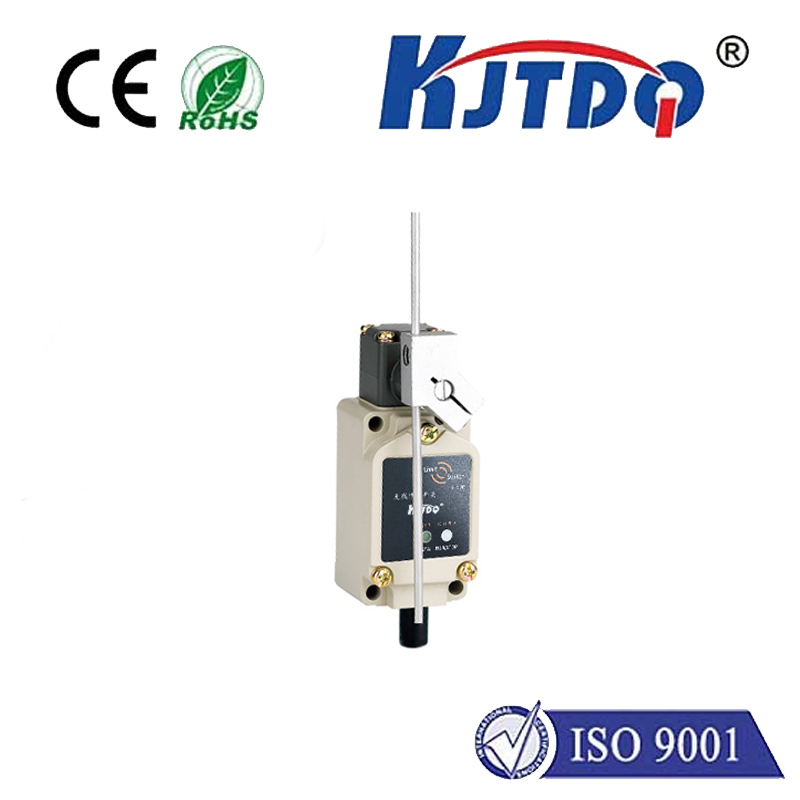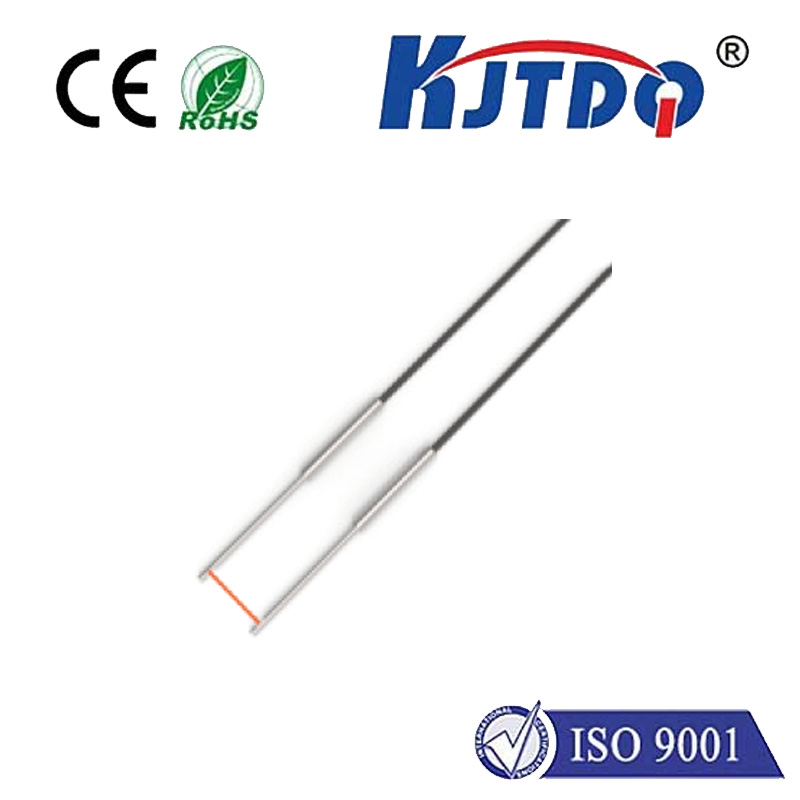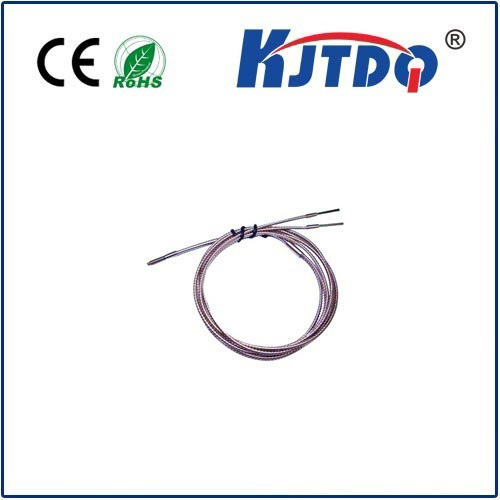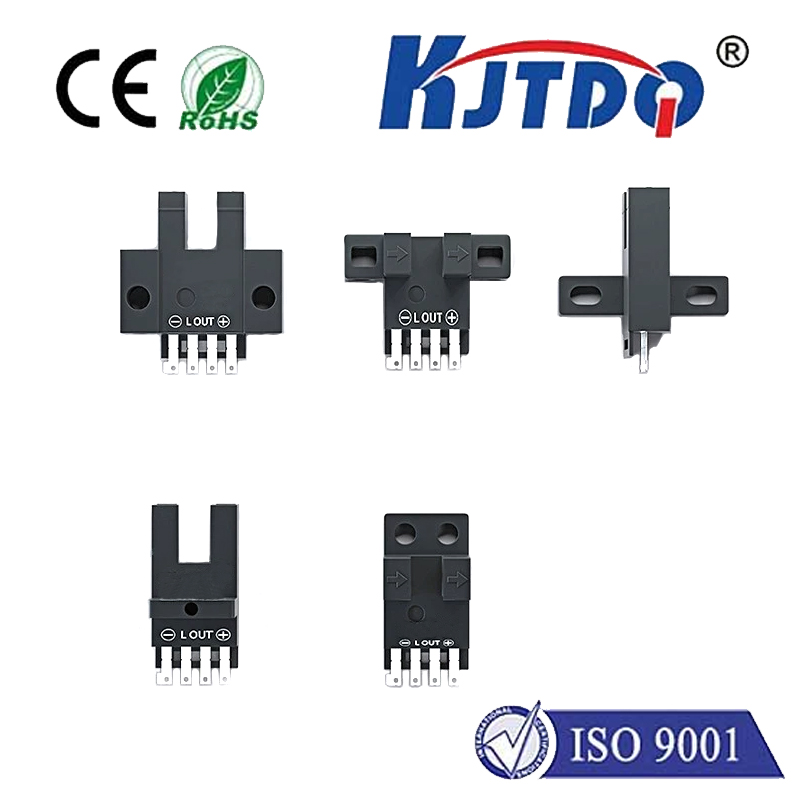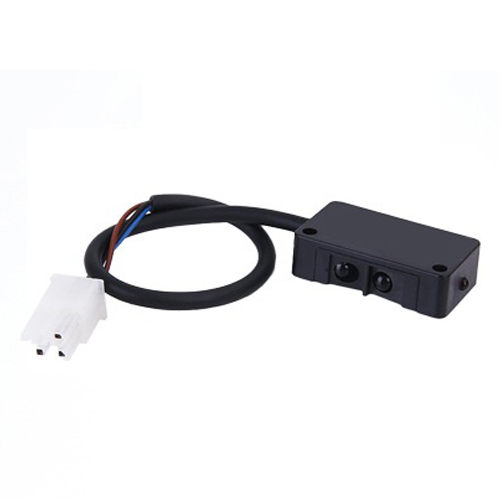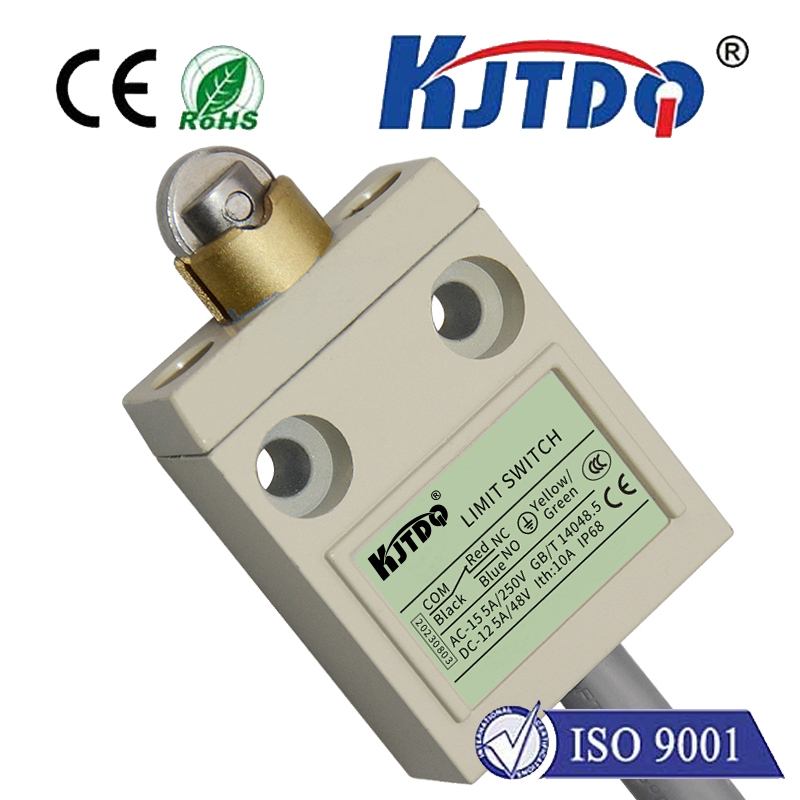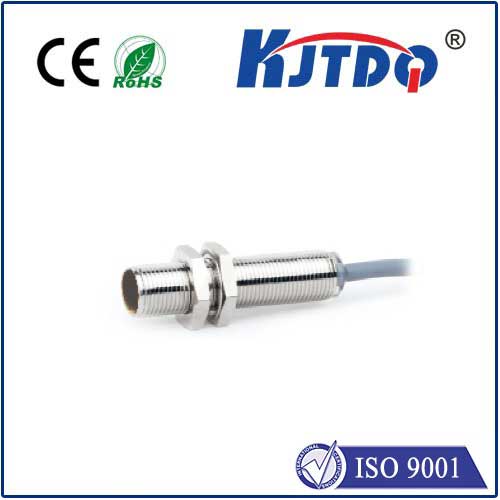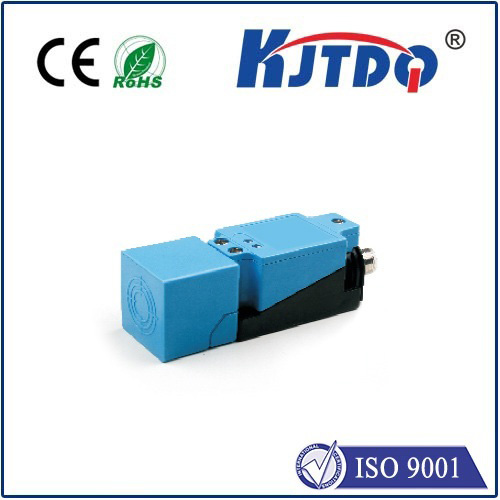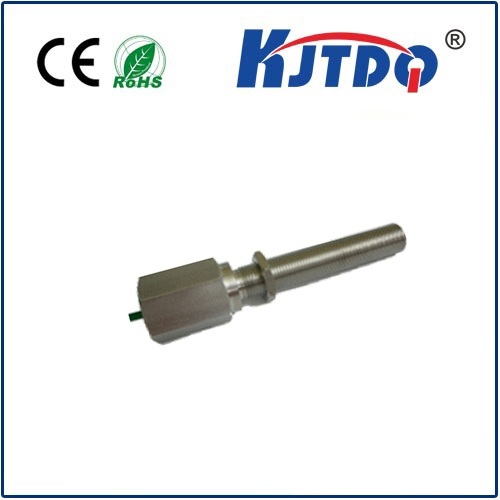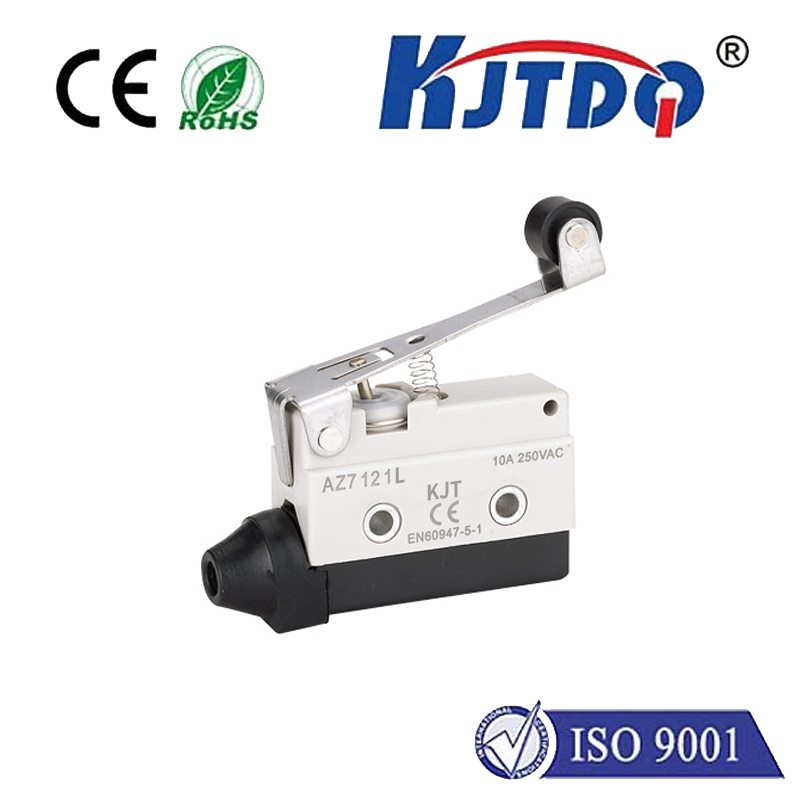Остановить выключатель
- time:2025-08-07 00:25:20
- Нажмите:0
Stop Limit Switches: Essential Guardians for Machine Safety and Precision
Imagine a massive hydraulic press, capable of shaping tons of metal, descending towards its bed. Without a crucial safeguard, there would be nothing to prevent catastrophic over-travel or damage. Or picture a high-speed automated conveyor system moving delicate products; precise stopping positions are paramount. In countless industrial and commercial settings, an unassuming yet vital component silently ensures both safety and accuracy: the Остановить выключатель.
Often simply called a ограничительный переключатель, this fundamental electro-mechanical device acts as a sentinel, detecting the presence or absence, passing, positioning, or end-of-travel of an object. Its core function is straightforward: it opens or closes an electrical circuit when an external actuator physically contacts it, triggered by the motion of a machine part. This seemingly simple action forms the bedrock of control and safety in automation.
How a Stop Limit Switch Operates: The Mechanics of Control
At its heart, a stop limit switch contains electrical contacts housed within a robust body. These contacts are connected to a control circuit. The defining feature is the actuator mechanism – the part that gets physically touched. This actuator can take various forms:
- Lever Arms: Perhaps the most common, often spring-loaded and sometimes with rollers to reduce wear. Movement of the lever activates the internal switch.
- Plungers (Push Rods): Linear movement directly depresses the plunger.
- Rotary Actuators: Used to detect rotational position or angular travel.
- Forked Levers: Designed to sense the presence of an object passing through the fork.
When the target object (a machine slide, door, elevator car, robotic arm) makes contact with the actuator, it forces movement. This movement physically changes the state of the internal electrical contacts:

- Normally Open (NO) Contacts: These contacts are open (no circuit) when the switch is not actuated. When the actuator is pressed, the contacts close, completing the circuit. This signal might then initiate an action or indicate a position is reached.
- Normally Closed (NC) Contacts: These contacts are closed (circuit complete) when the switch is not actuated. When the actuator is pressed, the contacts open, breaking the circuit. This configuration is crucial for stop limit functionality. Breaking the NC circuit can immediately cut power to a motor or trigger an emergency stop sequence.
The Critical “Stop” Function: Preventing Disaster
The term “stop limit switch” specifically emphasizes its role in halting machine motion. This is its primary safety function. Limit switches designated as “stop” limits are typically positioned at the physical extremes of travel for a moving component.
- End-of-Travel Stopping: Mounted at the end of a linear slide, crane runway, or hoist path, when the moving part contacts the switch’s actuator, it signals the control system to cease motion in that direction immediately. This prevents over-travel, collisions, or mechanical damage from components slamming into hard stops or other structures.
- Emergency/Interlock Stopping: Stop limit switches act as interlocks on machine guards or safety doors. If a guard is opened or a door breached during operation, the switch actuator is released (or pressed, depending on design), opening an NC contact and cutting power to dangerous moving parts, enforcing Lockout/Tagout (LOTO) principles indirectly by interrupting the control circuit.
- Overtravel Protection: In complex machinery like CNC machines or elevators, stop limit switches provide a fail-safe backup. If the primary position sensors fail and motion continues beyond its intended range, the stop limit is the last line of defense, physically interrupting the power circuit to halt movement before catastrophic failure occurs. This inherent fail-safe design (especially using NC contacts) maximizes safety.
Beyond Stopping: Precision Positioning and Control
While safety is paramount, stop limit switches are also indispensable for control and sequencing:
- Position Verification: Confirming a robotic arm has fully retracted, a valve is completely closed, a conveyor pallet is in the correct loading position, or an elevator car is level with a floor.
- Sequence Initiation/Termination: Sensing the arrival of a part at a workstation to trigger the next step in an assembly process or signaling the end of a filling cycle.
- Counting: Actuating a switch can increment a counter for parts passing a point on a line.
- Direction Change: Detecting end positions can signal a motor controller to reverse direction.
Key Applications Where Stop Limit Switches Shine
Their reliability and robustness make them ubiquitous:
- Перевозка материалов: Cranes, hoists, conveyors, automated guided vehicles (AGVs) use them for end-of-travel limits and position sensing.
- Промышленное оборудование: Machine tools (CNC lathes, mills), presses, packaging machines, textile machinery, printing presses rely on them for safety interlocks and cycle control.
- Elevators and Escalators: Critical for precise floor leveling and detecting the upper/lower limits of car travel.
- Agricultural Equipment: Used on combines, harvesters, and tractors for implement positioning and safety.
- Building Automation: Door and gate openers, HVAC damper controls.
- Robotics: Verifying joint positions and end-of-arm tooling status.
Selecting the Right Switch: Considerations Matter
Choosing an appropriate stop limit switch is vital for reliable operation and safety:
- Actuator Type: Must match the motion and force characteristics of the target object (lever, plunger, roller, fork).
- Electrical Rating: Voltage and current capacity (AC/DC) must match the control circuit requirements. Higher current ratings may be needed directly on motor circuits for true emergency stopping.
- Environment: Consider IP (Ingress Protection) Rating for dust and water resistance. Harsh environments (chemical exposure, extreme temperatures, washdown conditions, high vibration) demand robust switches specifically designed for those challenges (e.g., heavy-duty or hermetically sealed switches).
- Operating Force: The force needed to actuate the switch – ensure the moving part can reliably exert this force.
- Repeatability: The precision with which the switch activates at the same point repeatedly.
- Contact Configuration: NO, NC, or combinations (e.g., SPDT - Single Pole Double Throw). NC contacts are typically mandatory for critical safety stop functions.
- Долговечность: Mechanical life expectancy (number of operating cycles) and electrical life expectancy. Heavy-duty applications demand high cycle ratings.
The Unseen Protector: Ensuring Safety and Efficiency
From preventing multi-ton machines from crashing beyond their limits to ensuring an elevator stops perfectly level with your floor, the stop limit switch is a fundamental component in the industrial world. Its robust, contact-based technology provides a level of reliability and fail-safe operation that is crucial for both personnel safety and equipment protection. By physically interrupting control circuits, they offer unambiguous stopping commands that complex electronic sensors alone might not always guarantee under fault conditions. Adherence to standards like those from OSHA and IEC often mandates their use in critical safety applications. Understanding their function, types, and application criteria is essential for any engineer, technician, or safety professional involved in designing, maintaining, or operating machinery. These unsung heroes, triggered by a simple lever or plunger, stand as indispensable guardians ensuring that machines operate within their safe boundaries, protecting both people and capital investment.







